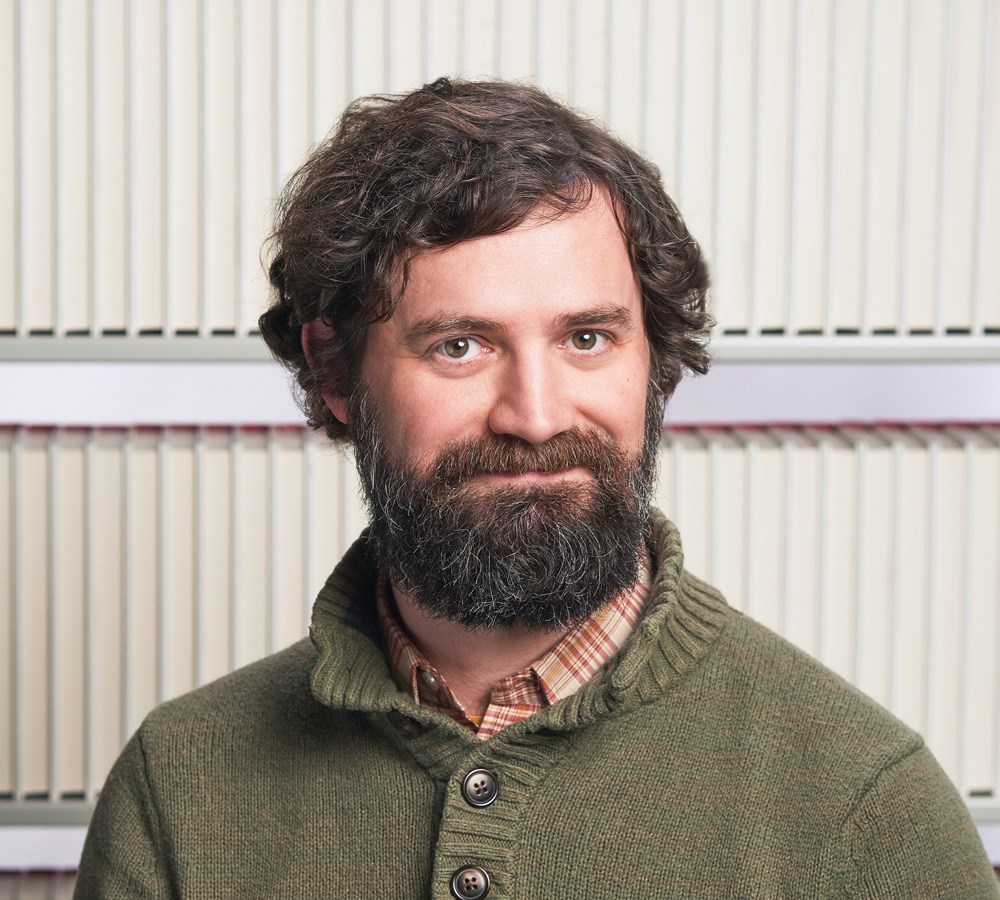How to Be Sad: Everything I've Learned About Getting Happier by Being Sad
September 28, 2021
Happiness is, to some extent, a choice we get to make. Sadness is not. But it can be instructive in both our private and public lives. It should be a catalyst for change, but only if we get comfortable feeling and experiencing it openly and fully. Helen Russell offers us a good guide.
 How to Be Sad: Everything I've Learned About Getting Happier by Being Sad by Helen Russell, HarperOne
How to Be Sad: Everything I've Learned About Getting Happier by Being Sad by Helen Russell, HarperOne
Helen Russell has travelled the world in search of happiness—not necessarily her own, though I’m sure that was a big part of it, but to look at the ways people in different countries and cultures search for it in their lives. It started when she moved from London to Denmark and wrote The Year of Living Danishly about her life and quest for happiness in a place that has consistently ranked as the happiest on Earth. A few books later, she followed that up with The Atlas of Happiness—an illustrated compendium on the many ways nations around the world define happiness.
Her new book takes us on a different journey, into the depths of her own psyche and self, weaving together her life story with the latest discoveries in brain science and mental health, along with some timeless wisdom of (mostly Danish) philosophers and some sound real-world advice on the topic. It is also different because its focus is on sadness—how in order to be truly happy, we must become comfortable being sad when it is appropriate. Because sadness is as appropriate to our emotional lives as sad events are inevitable in our outer lives. Yet, we’re often taught from a young age that sadness is wrong in some way, an emotion we should ignore, push down, and fight against. As we enter adulthood, we worry that showing it is a sign of weakness, push it aside in the name of progress, and bury ourselves in the busyness of work to avoid it. This is especially true of the most ambitious and aspirational among us. So, it’s refreshing to read that:
When we’re feeling sad—or struggling not to feel sad—many of us would fare better if we learned to expect less of ourselves (and others). But instead, many of us aim high. Really high. And the images of aspirational, glossy lives that we see all around us don’t help, either.
Those images don’t help us emotionally, at least. They sure help sell us all a lot of products of all sorts, though, because shopping is yet another way most of us distract ourselves from sadness.
Happiness is, to some extent, a choice we get to make. Sadness is not. As Russell writes early in the book, “Grief is the price we pay for love.” It is something we have to feel, that is instructive in both our private and public lives. It can and should be a catalyst for change, but only if we feel and experience it fully, and get to know it fully. How to Be Sad is a good guide.



